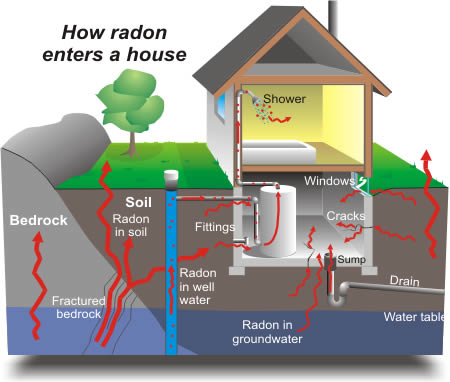What is Ionizing Radiation?
Ionizing radiation is energy in the form of waves or particles that has enough force to
remove electrons from atoms (USEPA).
Radiation that falls within the ionizing radiation" range has enough energy to remove tightly bound electrons from atoms, thus creating ions. This is the type of radiation that people usually think of as 'radiation.' We take advantage of its properties to generate electric power, to kill cancer cells, and in many manufacturing processes.
and..
Radiation that has enough energy to move atoms in a molecule around or cause them to vibrate, but not enough to remove electrons, is referred to as "non-ionizing radiation." Examples of this kind of radiation are sound waves, visible light, and microwaves.
The energy of the radiation shown on the spectrum below increases from left to right as the frequency rises.

Longer wave length, lower frequency waves (heat and radio) have less energy than shorter wave length, higher frequency waves (X and gamma rays). Not all electromagnetic (EM) radiation is ionizing. Only the high frequency portion of the electromagnetic spectrum which includes X rays and gamma rays is ionizing (WHO).



